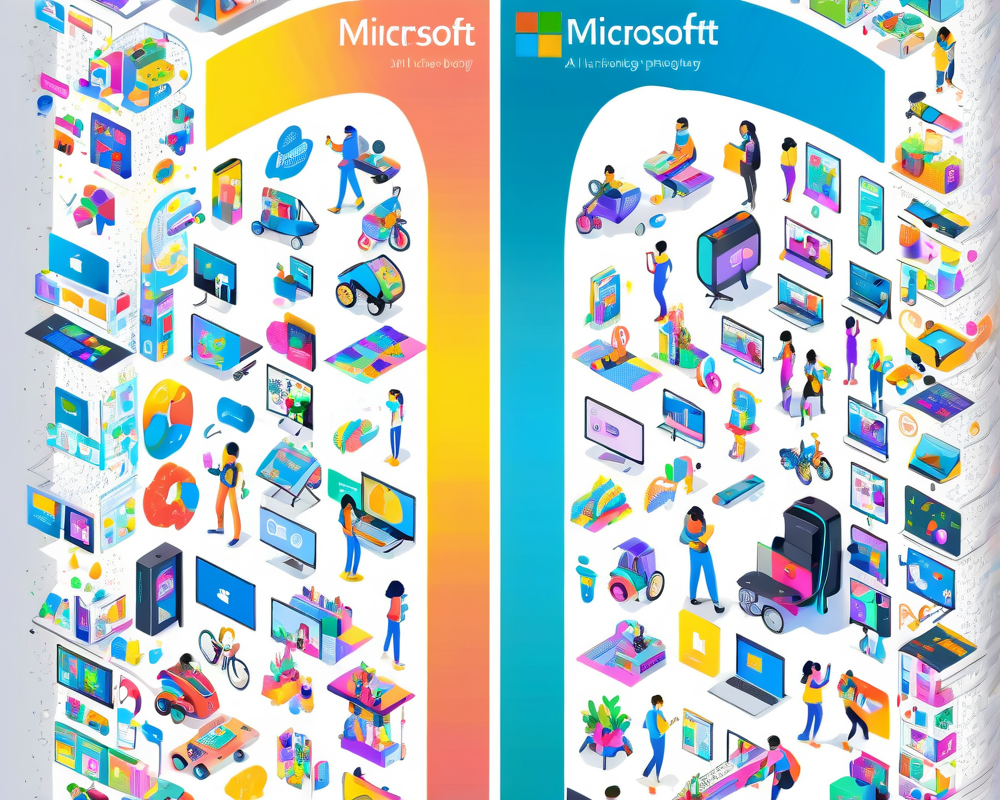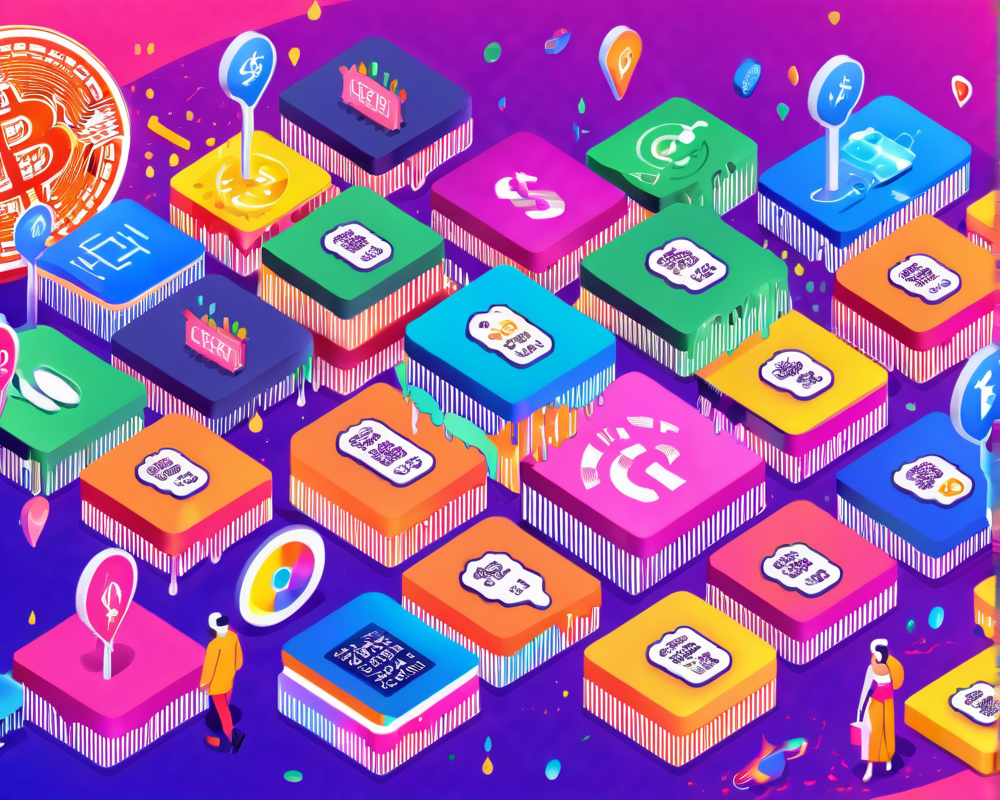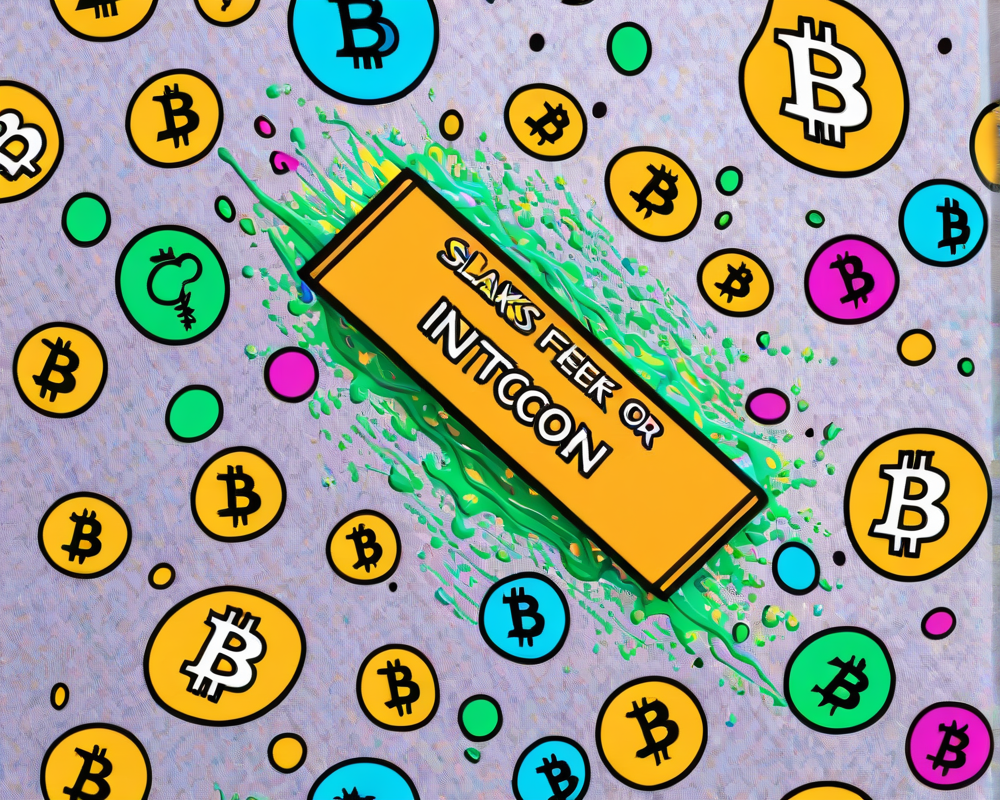The Modern Music Landscape
The music industry has long been a centralized beast, with major record labels pulling the strings like masters of a puppetry show. They dictate everything from song releases to royalty splits, often leaving artists feeling like they’ve just been handed a crust of bread after a four-course meal. Sure, platforms like streaming services have opened the gates a little, but many musicians still find they’ve got an uphill battle against the steep slopes of notoriety and financial stability.
What’s All the Hype About Music NFTs?
So, what’s all this buzz about music NFTs? Think of them as digital collectibles that allow music lovers to own a piece of an artist’s work, either through ownership rights or just as a means to support their favorite creators. Adam Levy from the podcast Mint explains these fall into two neat categories:
- Ownership-based NFTs: These bad boys are directly tied to royalties. Purchasing one gives you a slice of the cash pie generated from audio streaming platforms.
- Patronage-based NFTs: No ownership, no problem! These serve as a way for fans to support artists directly, without any strings attached. You buy the NFT, you cheer your artist on from the sidelines!
Finding New Revenue Streams
Jay Kila, an innovative rapper from Mumbai, stumbled upon music NFTs during the pandemic, a time when gigs and live performances flew out the window faster than a record label executive at an indie concert. He founded OTP India with a mission to offer artists a new avenue for income. According to him, selling NFTs can equal more earnings than streaming ever could—often without needing millions of streams to do it.
“Selling an NFT for $300 means more money than I’d see from Spotify in a decade,” Jay said, striking a chord with many struggling artists.
While Spotify rakes in billions in royalties, a lot sticks to the hands of record labels, leaving just crumbs for the artists. Uh oh. Meanwhile, NFTs promise a more direct payout that lets creators thrive.
Building Bridges: Artist and Fan Relationships
Both Jay Kila and Adam Levy see music NFTs as a new way to create lasting connections between artists and their fans. The Mint podcast even distributes free NFTs to listeners, creating buzz around their content like a kid at a candy shop.
“Issuing free NFTs results in a whirlwind of hits to my website—thousands of new subscribers and listeners pop up overnight,” Levy illustrated.
Meanwhile, Jay Kila is pricing his collectible cards affordably, encouraging accessibility for everyone and resonating with the idea of community building rather than just cashing in. “It’s about the bond between fan and artist,” he insists.
The Future of Music Monetization
The discussion around music NFTs paves the way for a possible seismic shift in how artists earn and engage with their audience. Levy describes them as a ticket for fans to directly support artists on their journey, making it a symbiotic relationship rather than the usual hit-or-miss system of traditional music distribution.
In the grand scheme, music NFTs are not just a trend; they might just be the wake-up call that independent artists need to break free from the industry’s chokehold. Significant change is brewing, and it’s as revolutionary as a surprise encore at a sold-out show.



